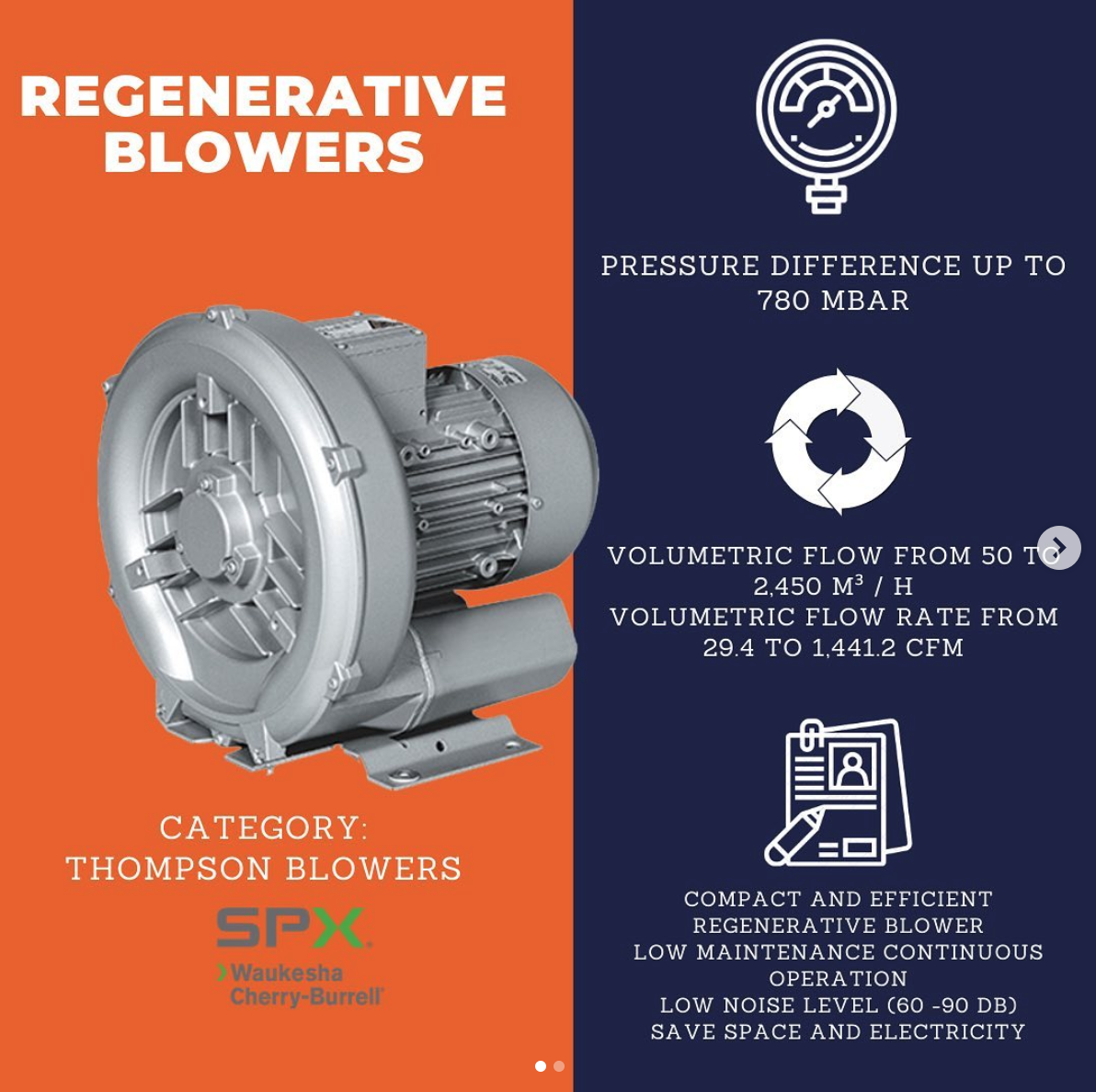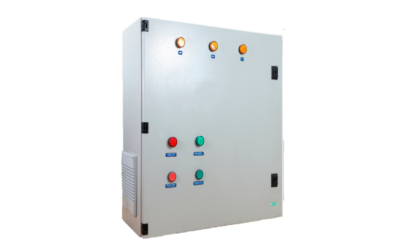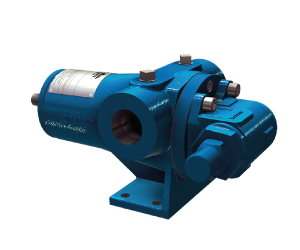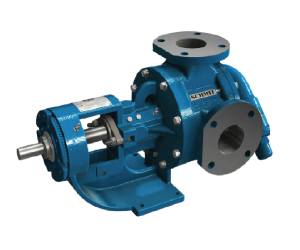The handling of fuel oils in burner loading, unloading, transferring, circulating and feeding is a large market for the use of Viking internal and external gear pumps. Application details vary widely – capacities range from less than 1 GPM to more than 1000 GPM (4 LPM – 225 M3 / Hr), differential pressures up to and more than 250 PSI (17 BAR), viscosities of 1 cSt – 1600 cSt, temperatures up to 250 ° F (120 ° C).
“Typical” applications include: powering diesel generators, pumping lubricating oils, supplying low pressure fuel to boilers and furnaces, among others. Using the history and experience of the past, selecting a Viking pump for a fuel oil application is easy.
Diesel and Bunker peculiarities
DIESEL (NO. 2 FUEL OIL)
Typical viscosity is 3.5 – 5 cSt (35 – 50 SSU).
Generally handled at ambient temperatures of -40 – 100 ° F (-40 – 38 ° C).
Suction elevations greater than 3 m (10 ft) are not recommended for No. 2 fuel oil applications.
The vapor pressure of fuel oil No. 2 is less than 0.1 PSlA at room temperature, experience indicates that it contains dissolved or entrained air that will lead to pump cavitation (noise and loss of flow) at higher suction elevations.
BUNKER (NO. 6 FUEL OIL)
Typical viscosity is 20 – 1600 cSt (100 – 7500 SSU) in the normal handling range of 100 – 250 ° F (38 – 120 ° C).
Viscosity can variate widely depending on fuel source, sulfur content, and mixture.
Tanks for No. 5 or No. 6 typically need heaters to decrease viscosity and friction losses in the pipes.
Using the worst service conditions for No. 6 fuel (higher viscosity and lower liquid level) position the pump, select tubing size and fitting to give vacuum readings of 400 mmHg (15 inHg) or less.
In some cases, the bunker contains «light ends» that affect viscosity and can cause lift problems.




